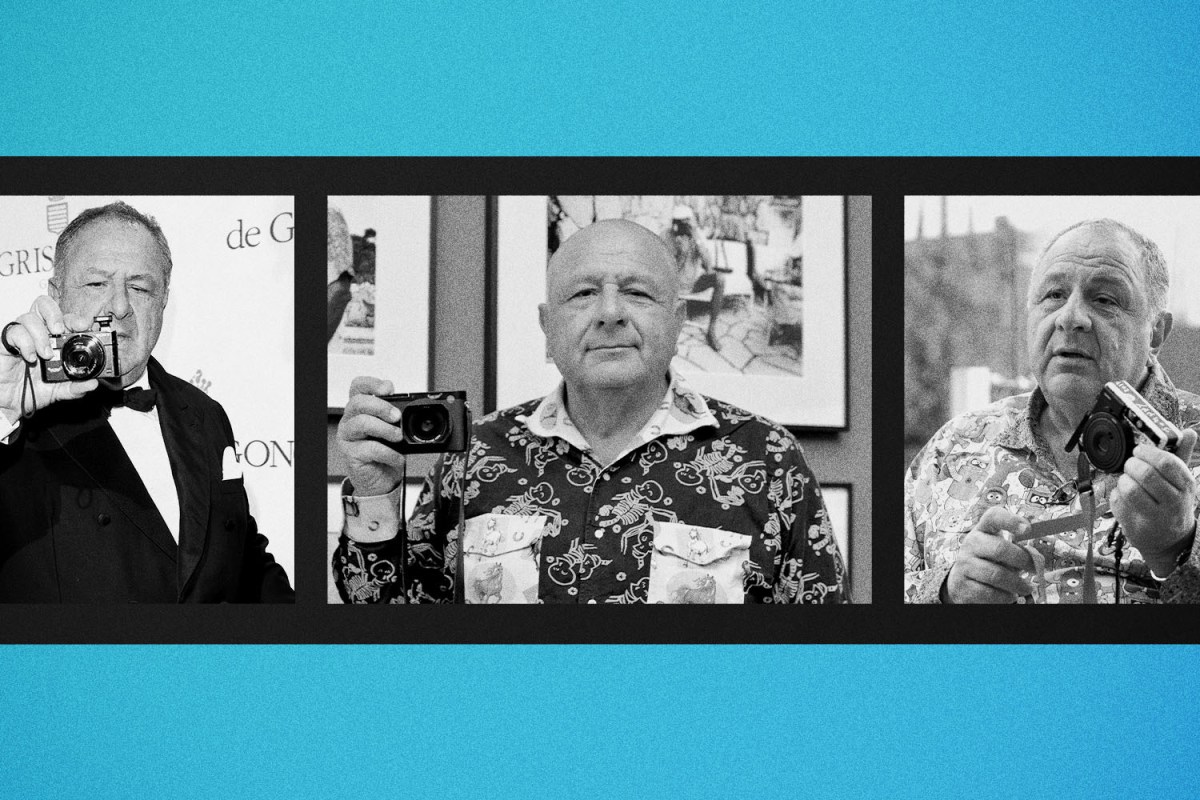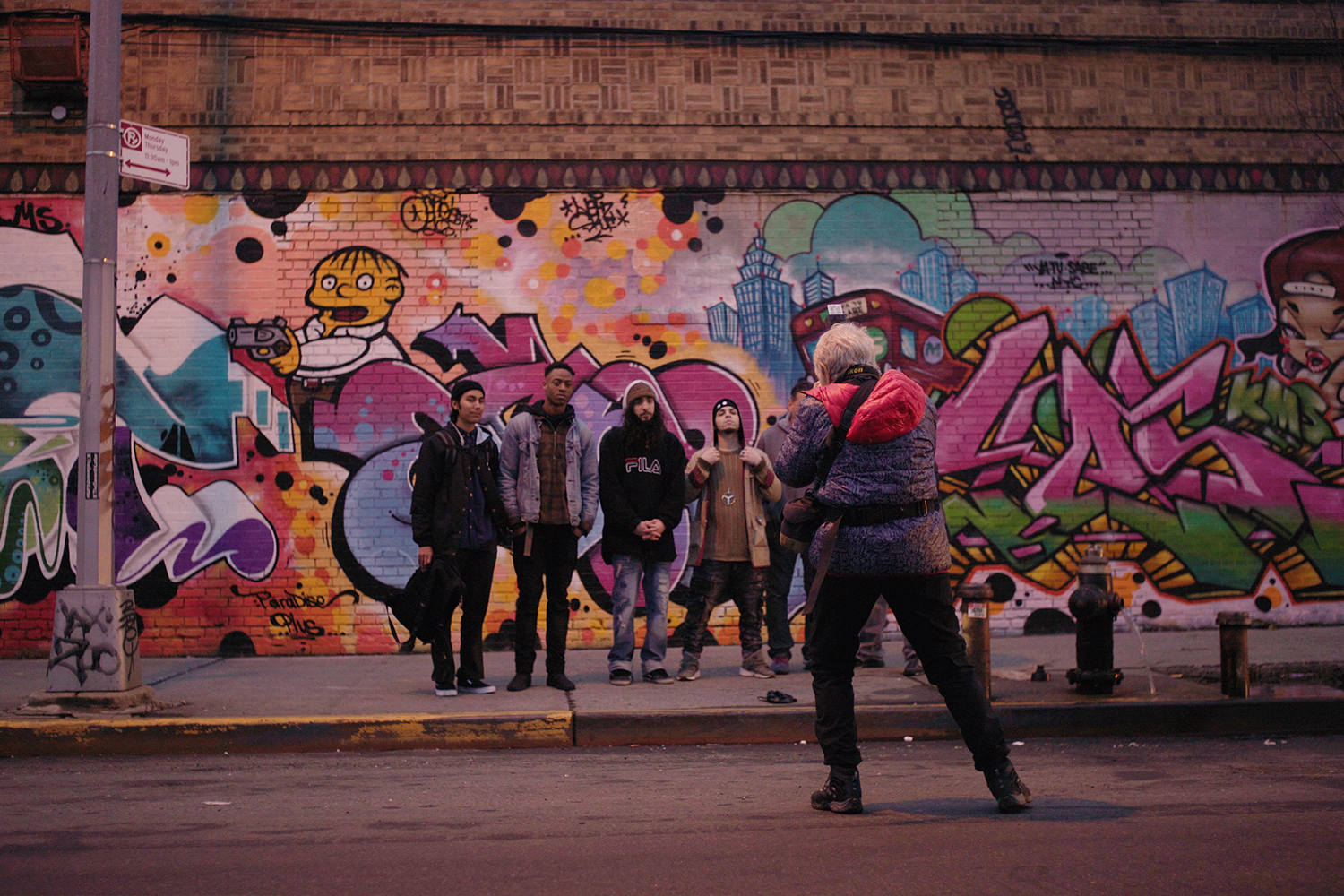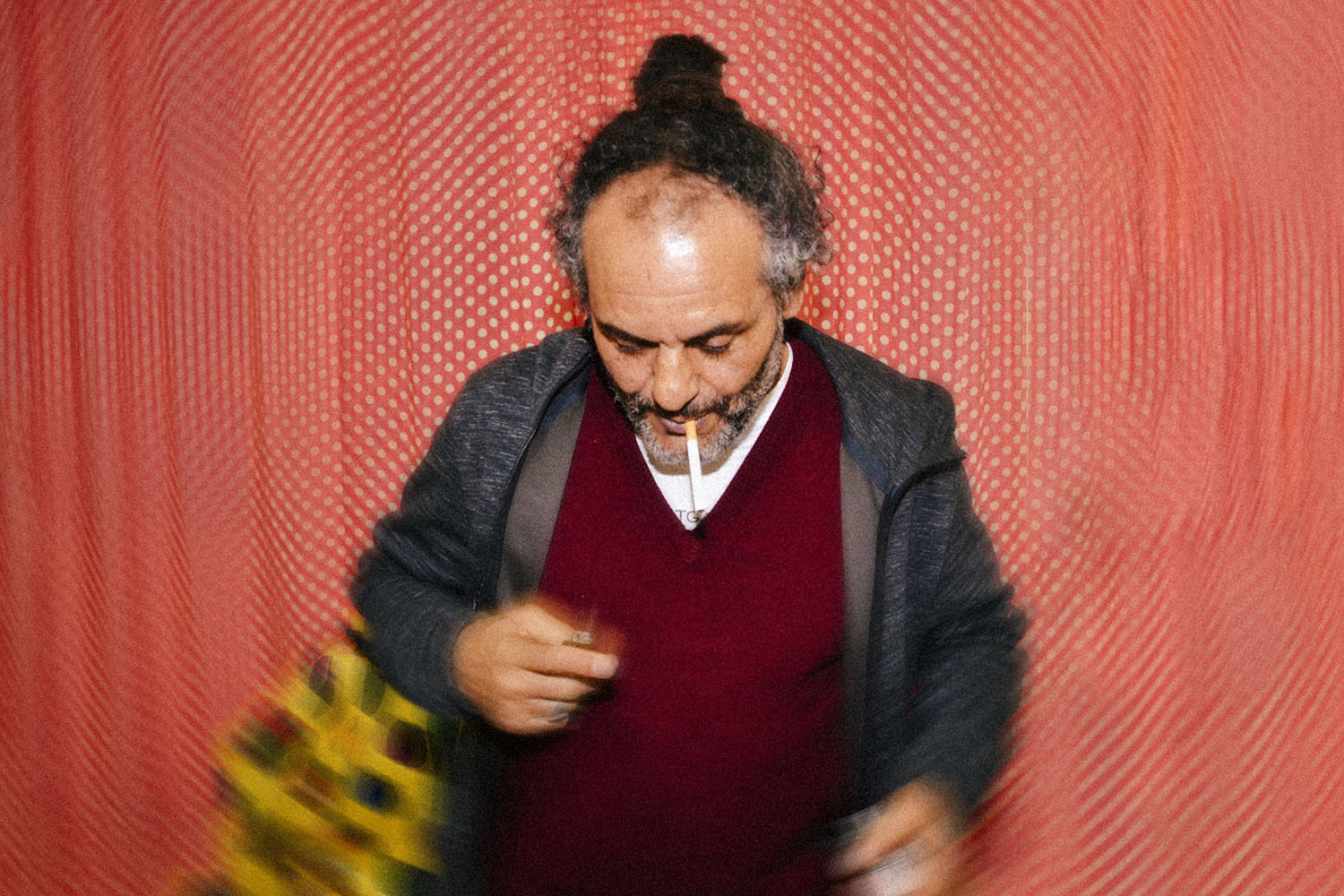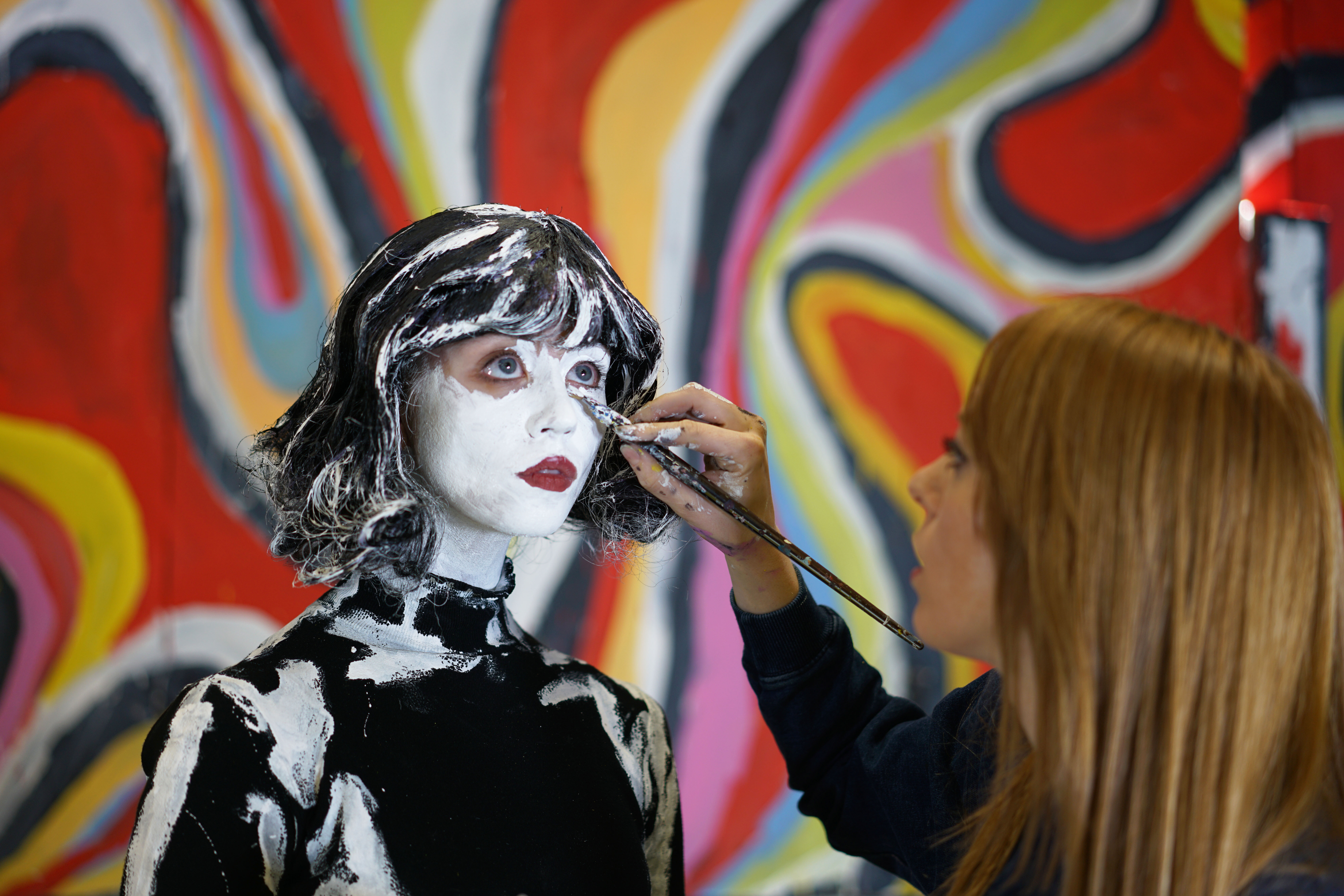Jean Pigozzi is a legend in the art world. Heir to the CEO of defunct French automobile brand Simca, he is also a storied collector of contemporary art from Africa and Japan, in addition to having captured and compiled a surfeit of intimate celebrity photography thanks to his longtime status as one of Europe’s premier gadabouts.
His latest photo book, Jean Pigozzi: The 213 Most Important Men In My Life (out May 18), is the ultimate bromance tome. Laced with personal commentary and anecdotes, the book looks at Pigozzi’s decades of fraternizing with a carousel of the most famous and influential men on earth: David Bowie, Mick Jagger, Steve Jobs, Andy Warhol, Lenny Kravitz, Elon Musk, architect Rem Koolhaas, fashion designer Alber Elbaz.
It’s a book that pays tribute to his late father, Enrico Pigozzi, who passed away when Pigozzi was just a teenager, and all the men he has soaked up wisdom from ever since. Below, the Harvard grad speaks about his favorite Leica, collecting art and what he learned from Helmut Newton on a call from his home in Panama.
InsideHook: This book is coming out ahead of Father’s Day. Why is that date important to you?
Jean Pigozzi: My father died when I was very young. But throughout my life, I’ve always had men in my life who are mentors. I decided to do a book about all these men who have been important to my life. Some I’ve been close to, some not so close. I chose 213 men but it’s actually closer to 400 [the unedited version].
Tell me about the format — each photo is paired up with a blurb on [the man in question’s] qualities and why you admire him.
I did that because I didn’t want to just do a portrait book. There’s a reason why all of these men are included in the book. I didn’t want to just put a picture but explain what the relationship to them was. It’s not just Mick Jagger and Michael Douglas, but my school teachers or obscure people, where even if you google them, you won’t find them.
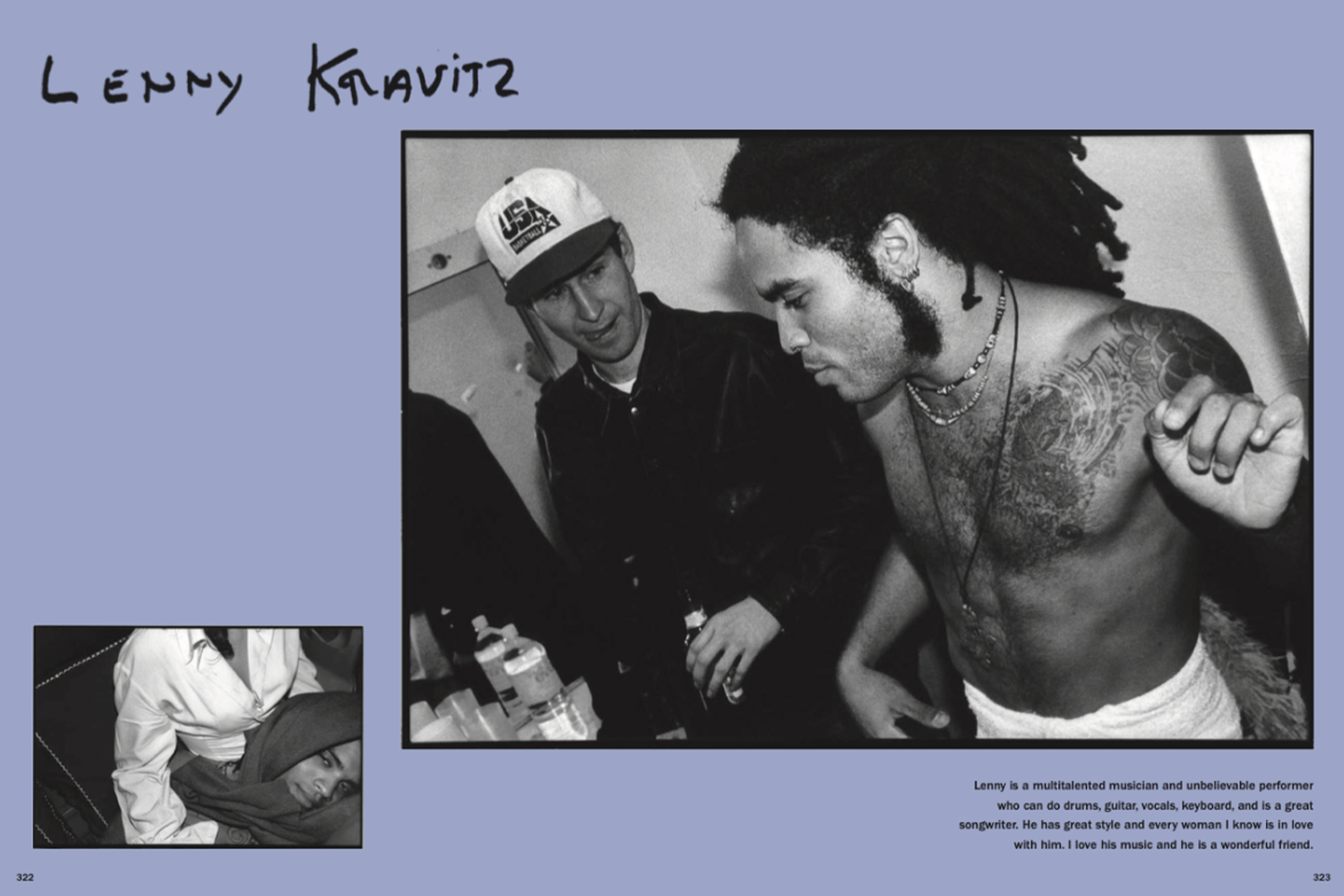
Which ones were more like your father, or a father figure?
I had six or seven men who were 20 years older than me, among them [Island Records founder] Chris Blackwell and [architect] Ettore Sottsass. They taught me a lot of wisdom, they opened my eyes to a lot of things. From Ettore, I learned that everything around you should be interesting. He designed a lot of houses for me, even my boat, and every day I’m happy to live in his environment. Some architects design things where if you move one table two inches to the left, the entire thing is messed up. He made happy environments with great colors. He always told me: “If the client doesn’t know what they want, the architect can’t do a good job. But if the client has an idea, we can do some great things.” Renzo Piano was also working on a project and he said: “Jean, if you’re clear about what you want, it’s going to be great.”
What did you learn from Helmut Newton about photography?
That every detail counts. During one shoot with a model, he stopped everything and said: “We have to move the flower in the background seven centimeters to the left.” He would call his wife “Sweet Pea” and say that to her. I don’t do staged shoots with models, but I’m very careful to try to see every detail in a photo. I usually take photos quickly. He really taught me that.
What camera do you use?
I usually use Leica cameras, a Leica Q, a Leica that only takes black-and-white photos and a Leica SL.
Why do you love shooting in black and white?
When I started shooting, color photography was also popular. But I shoot in black and white because the real world is not black and white. With color photography, the color of the skin is not always good, so I prefer black and white.
What else are you working on?
I’m working on two books: one about the travels I’ve done over the past 60 years, and another book about women, the women in my life. I always have a camera with me, I rarely leave my house without my camera. When I put my socks on, I put my camera around my neck.
Who is the greatest photographer of all time?
Robert Frank. He was a Swiss photographer in the 1950s, who went to the US and did a fantastic book called The American. For my kind of photography, to me, it’s the best book ever. I even met him, which was very nice.
Looking back on your book of selfies, how do you see selfie culture evolved?
It has changed. I did selfies when I was using a Leica, not an iPhone. I couldn’t see what I was shooting, I had to guess it. The idea was to take a photo instead of getting an autograph from a celebrity. It’s the best moment, a selfie is a super autograph. I was in the south of France with Woody Allen a few years ago, nobody asked for an autograph, they all asked for selfies. It’s the new version of the autograph.
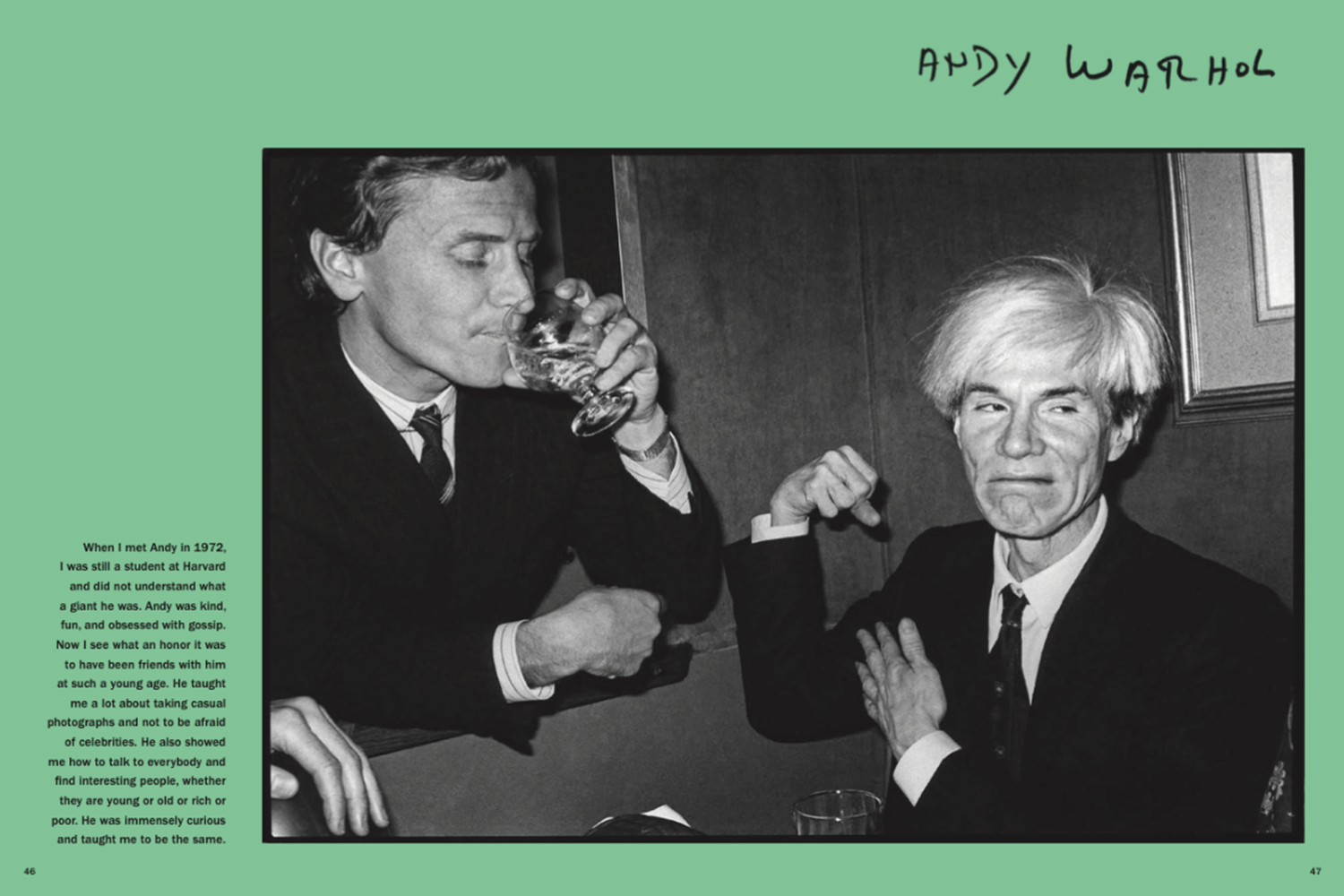
You have to have good energy with them, right? Otherwise they say no.
It happens. They say no. But with my Leica, I couldn’t see the results, so I had to get it right the first time. My camera flash used to take 10 seconds, so if you fuck up, Faye Dunaway will walk away. “Just wait here until my flash recharges” it doesn’t work like that. you have to get the photo right the first time.
How do you know who to photograph, in terms of stars?
I detest politicians. I don’t read so I don’t have writers in my life. I don’t go to the ballet or opera, so the interesting people I like are people in fashion, movies and architects. Visual people are my people, they’re who I hang out with.
How do you describe your taste in visual art?
I’ve been to more museums across the world, Venice Biennale, Art Basel art fair, all of them. I’m obsessed with contemporary art and I collect African art and Japanese art. When I was studying at Harvard, I would come to the city every weekend, I know the Museum of Modern Art the best. I donated 45 pieces from my African art collection to the MoMA. It’s a museum I support. I like the Beyeler Foundation in Basel and the Palazzo Grassi in Venice, depending on what they’re showing, and the Tate Modern in London, the Guggenheim Bilbao in Spain, which is a complicated space.
What are you most excited about in African art right now?
My collection keeps on going. Finally, I found a place which could permanently house my art, which is great. To me, the most interesting place for art in Africa is Kinshasa, the capital of the Democratic Republic of the Congo. Some of my best artists come from Kinshasa. My Japanese art collection is vibrant, I buy works by artists born after 1985. I go to Japan typically once a year. There are two things not many know about, Africa is a bit fashionable now, but I’ve been collecting African art for 20 years.
Has the art world caught onto Congolese artists?
Yes, now, because there’s art fairs. But 20 years ago when I started collecting African art, I was told I was buying “airport art.” They didn’t understand what I was collecting. I don’t really care what people think. It’s not my problem. I like it because many of these artists didn’t go to art school, they don’t know who Pablo Picasso is, they go with their gut.
How has the pandemic changed your photography?
Over the past year, I’ve made a lot of movies and photos about nature. I’m not complaining, it has been very interesting.
Your book features behind-the-scenes photos of characters like Charles Saatchi, Larry Gagosian and Lorne Michaels. Who is the most overlooked genius in this book?
Those are all important men in my life and in the world. Charles Saatchi is one of the smartest men I’ve ever met, he was enormous in advertising. Larry Gagosian started selling posters in Santa Monica, now has the best gallery in the world. Lorne Michaels, who started Saturday Night Live over 40 years ago, is still relevant and in tune with what’s happening. It’s fresh. He is a genius at finding young actors, writers and comedians, how many shows have lasted 40 years? Not many. SNL is live. Lorne is a very calm person. I also admire Mick Jagger, he is 77 now. I spoke to Mick the other day and he said, “I can’t wait to go back on tour.” It’s incredible. Some people have the energy and creativity to do things, some people reach the age of 55, give up and go fishing. I’m always amazed by men and women who don’t give up.
This article appeared in an InsideHook newsletter. Sign up for free to get more on travel, wellness, style, drinking, and culture.
